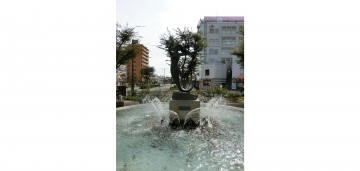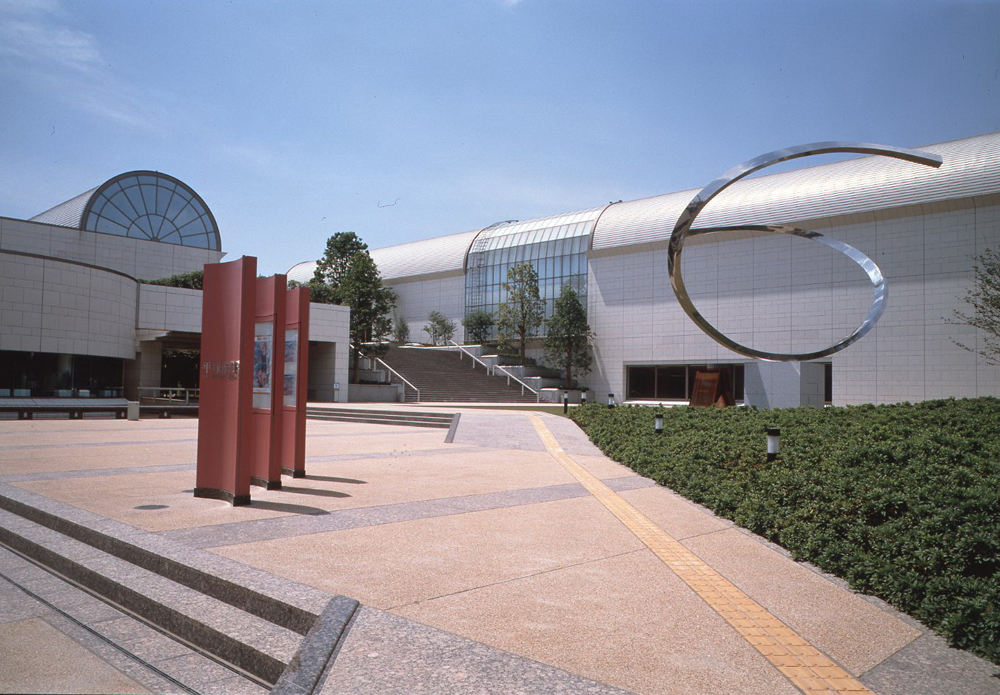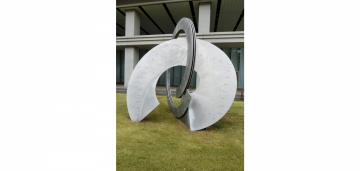
Hiratsuka is located in the center of the Sagami Bay coast facing the Pacific Ocean, 50km southwest of the capital Tokyo, and flourished as one of the post towns on the Tokaido during the Edo period. Today, the city has a total area of 67.88 square kilometers and a current population of approximately 260,000. Blessed with a warm climate and abundant nature, it is a core city with a balanced mix of industries, and is also popular as a resort destination.
The area known as "Shonan," including Hiratsuka, has been home to many artists and has developed art movements since the Meiji period (late 19th century). For example, the magazine "Shirakaba," which had a major influence on modern Japanese art and literature, was founded in Kamakura, while Kishida Ryusei's Sodosha, which pursued a new style of oil painting, was founded in Kugenuma. Many artists have been active there since then, right up to the present day.
The idea of building an art museum in Hiratsuka began shortly after the war. It was led by local artists who had been holding independent exhibitions during the city's recovery from the air raids. In the early 1960s, they began a campaign to donate one work per artist to the city. Following the construction of schools, community centers, and libraries, the Hiratsuka City Museum opened in 1976, establishing an art department. Following the nationwide movement toward lifelong learning and the construction of art museums, the Hiratsuka Museum of Art Construction Study Committee was established in 1984, and concrete steps toward the museum's opening began. The Hiratsuka Museum of Art Basic Concept was formulated in 1986, followed by the Hiratsuka Museum of Art Master Plan in 1986. Construction and preparations then began, leading to the museum's opening in March 1991.
Since its opening, as an art museum located in the center of the Shonan region, the main theme has been "Art and Light of Shonan," and various projects have been carried out with the main goal of deepening citizens' understanding of culture and stimulating their desire to create and learn by providing excellent art from Japan and abroad for public viewing in a good environment.
We will continue to play a part in the cultural maturation of the Shonan region and strive to enhance museum activities so that many people can enjoy the museum.


